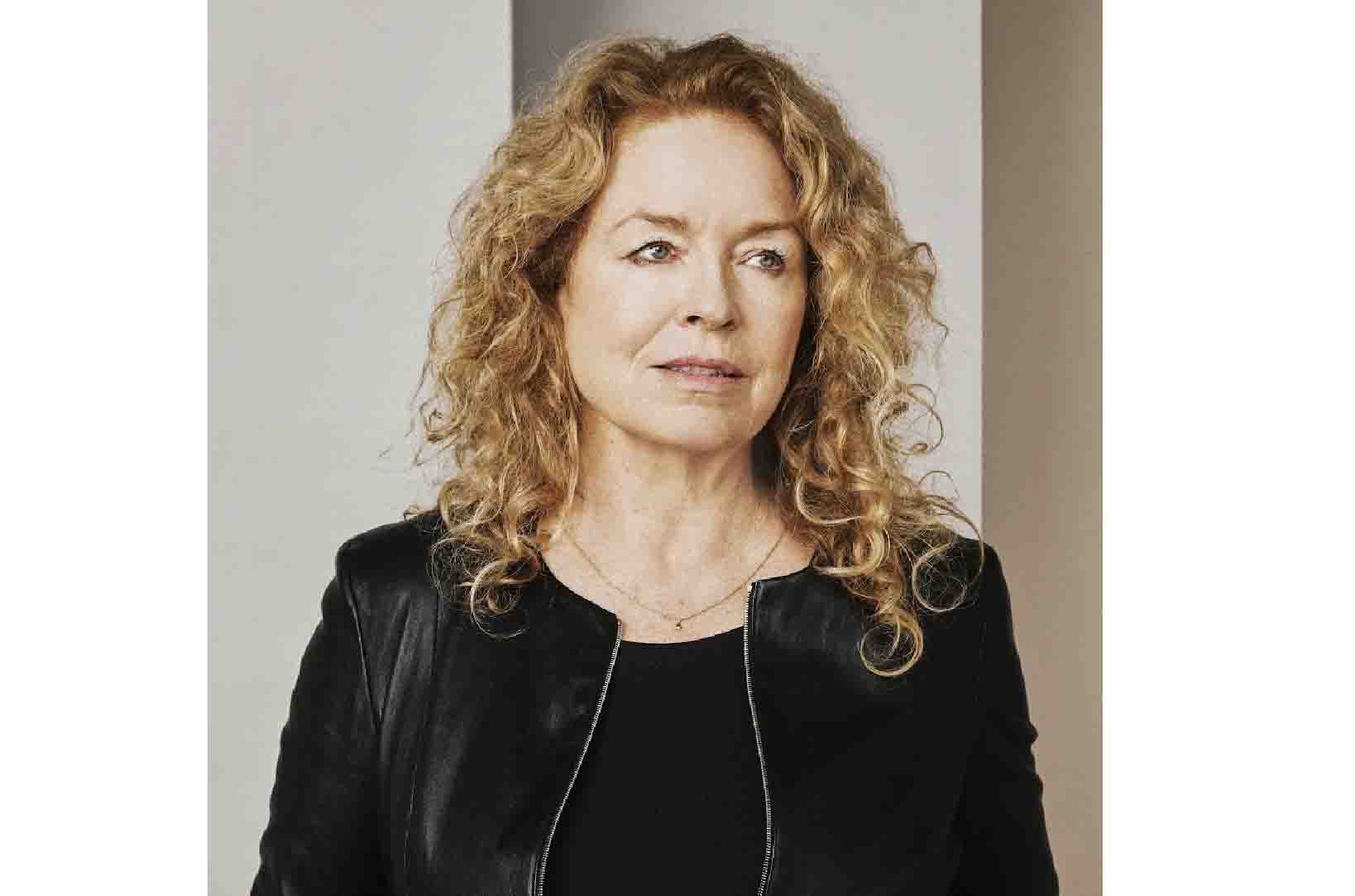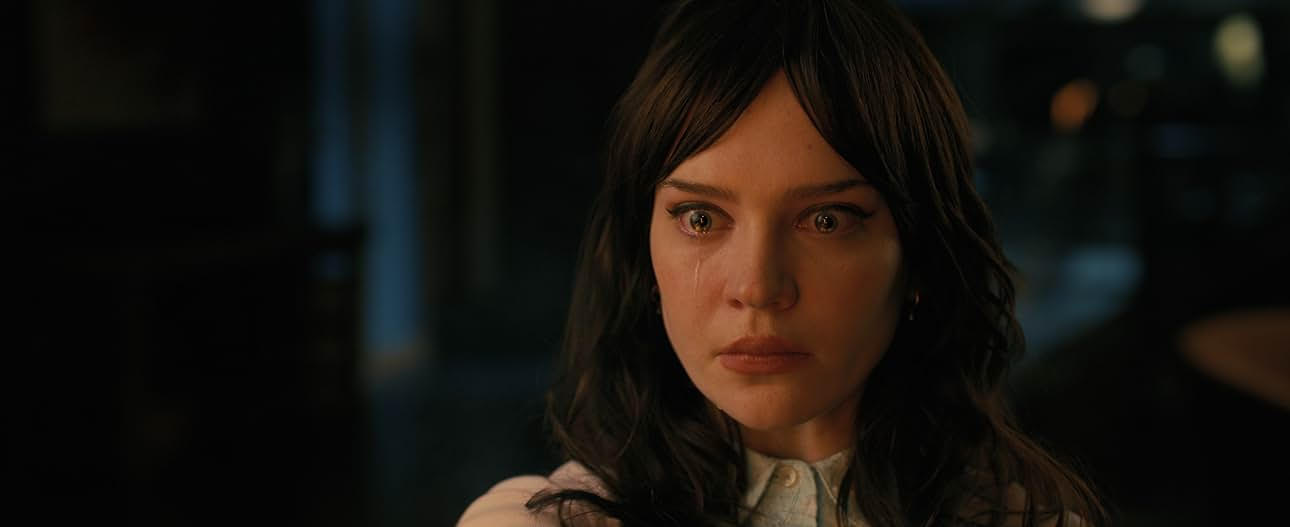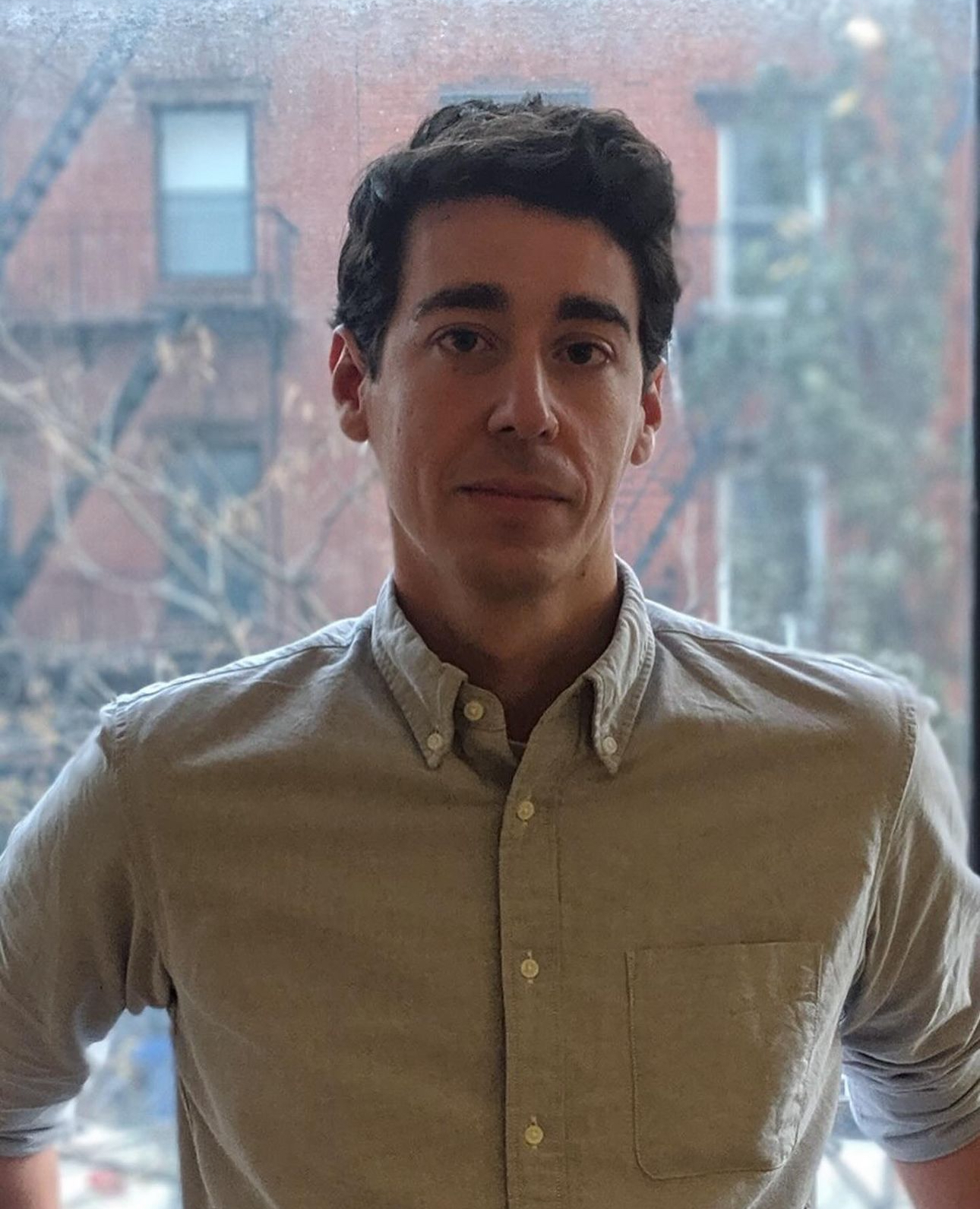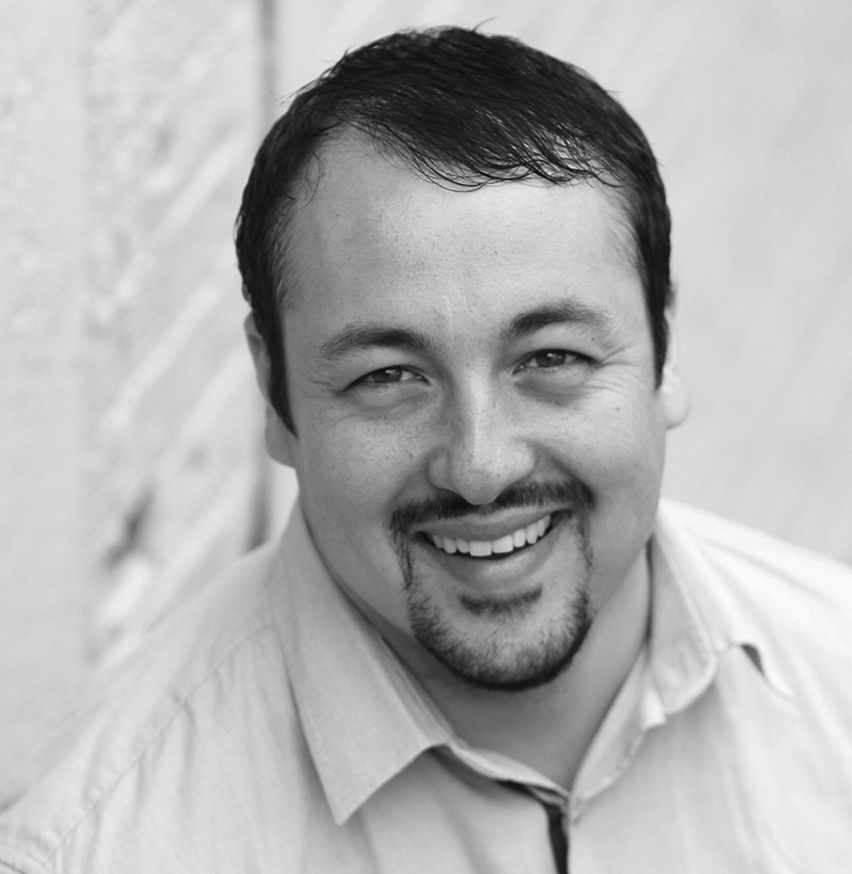Q&A: Craig Cockerill discusses filming process of ‘Deep Fake: Rise of Whisper Breach’

Mike Markoff (Kent Collins) sports a half-zip and plugs a wire into a metal box while surrounded by deep blue lights. The UCLA alumnus, Craig Cockerill’s new film “Deep Fake: Rise of Whisper Breach” will be in theaters early 2025. (Courtesy of Deep Fake)

By Sanjana Chadive
Feb. 6, 2025 10:07 a.m.
This post was updated Feb. 13 at 9:38 p.m.
Craig Cockerill is combating cinematic conceptions of artificial intelligence.
The alumnus’ directorial debut “Deep Fake: Rise of Whisper Breach” is set to release early 2025. Taking place in the near future, the film follows three friends whose lives drastically change after one of them is assigned to examine a mysterious military grade AI known as “Whisper Breach.”
Cockerill spoke with the Daily Bruin’s Sanjana Chadive about how his previous experiences in the film industry aided him in the production of “Deep Fake: Rise of Whisper Breach” and the challenges he encountered on set.
This interview has been edited for length and clarity.
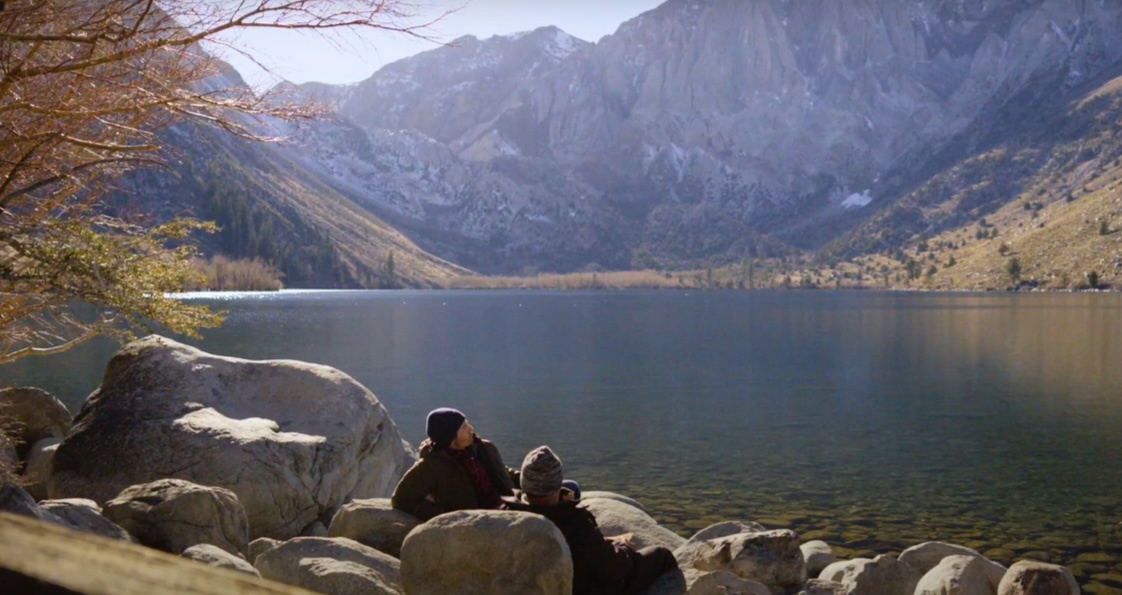
Daily Bruin: You served as the writer, director, producer and cinematographer for “Deep Fake: Rise of Whisper Breach.” How has your background in the film industry influenced your experiences making this project?
Craig Cockerill: I’d say I’m fortunate to have worked with some great writers and directors over the years and really have always admired their work. It’s really fun to be on a set when you’re a camera operator. You’re helping the director and the DP (director of photography) tell the story through the lens. You get to work very closely with those two people, and I’ve worked with a variety of them over the years.
Different people work in different ways. I’ve been fortunate because I’ve been able to absorb a lot of different people’s styles and storytelling mastery. I was able to utilize that to my benefit, whereas I think someone who hasn’t had all that experience is figuring it out as they go. Not that I wasn’t figuring it out as I was going, but I feel like I’ve got a lot more depth to fall back on.
DB: How do the different technical elements of the film reflect its themes?
CC: It’s a pretty conventionally grounded-looking film. What I like about that style is it draws you into the film. I feel like you’re drawn in more. It’s not like … you’re in another world. I wanted people to feel like they’re in this world today, but they’re grounded to these characters.
That’s done intentionally so that you’re not distracted too much by the visuals. Although there are beautiful underwater visuals and expansive fishing visuals, … I specifically try to keep it in line so that everything’s grounded, and you really get sucked into the story and the characters.
A lot of it was Steadicam, so that you’re in there with the characters, and you’re always feeling like you’re in that world with them. … (It’s) a little bit more intimate. Although they (these looks) are not extreme or (don’t) stand out, they’re all processed to ground the audience in the story and the characters.
DB: What kinds of challenges did you encounter during the film’s production?
CC: It was a self-financed film, so it’s very low budget. I just decided that this film was going to get made no matter what. Every problem that we had – we had problems every day – we just worked nonstop to tackle them and work through them and make sure that we could get through the day. Having a very small crew and a very limited budget definitely makes things a little harder, but by doing a lot of that myself, especially between directing and being a cinematographer, I’m able to pivot quickly. If we’re behind schedule, I can say, “Okay, well, if I do this and this, that’s going to save an hour in lighting.” We can change the scene to this situation.
We worked on a boat. We worked underwater. We had very challenging days out of Catalina Island that I still, to this day, find hard to believe we finished and got everything we needed because water work is always tough. But we got lucky with really good weather, extremely good actors. I think they really made the difference in making this film come together and making a schedule possible because they just came prepared every day and they gave it 110% and gave really great performances, which is what makes or breaks a movie.
I think the biggest overall problem was that this is a summer movie, and we didn’t start shooting until the very end of November. We were trying to do a lot of outdoor summer scenes going into December and January, and that’s just much iffier and harder because it’s cold, potentially wet and – if you’re out on a boat – there’s potential storms. A lot of it was luck. A lot of it was me keeping an eye on the weather and rolling the schedule around to accommodate it.
DB: What do you hope audiences will take away from your film?
CC: First and foremost, I hope they’re entertained and enjoy the ride. I think that’s something I always enjoy. When I watch a film, I want to be entertained. It’s great if it has something more to it or if you can have a conversation on the way home after the film. That’s the secondary thing. I’m hoping that people can ask some questions on the way home and start to wonder about pretty much everything in this film. … I would just hope that it makes people think about the possible downsides of AI, so that as it grows as a technology, it is there to help society and not harm it.


